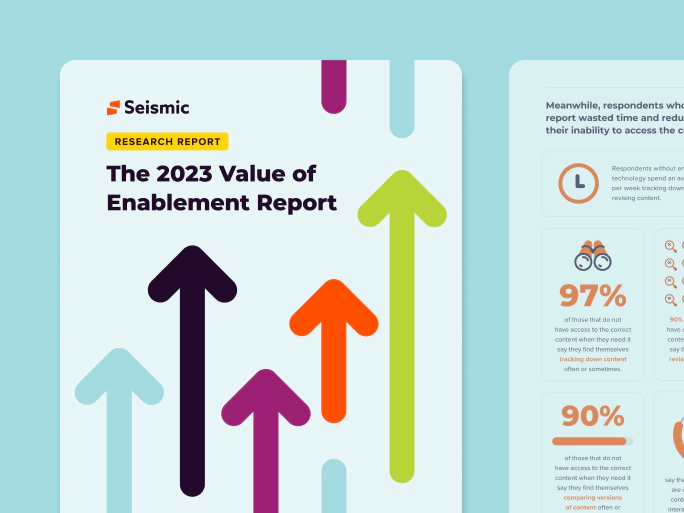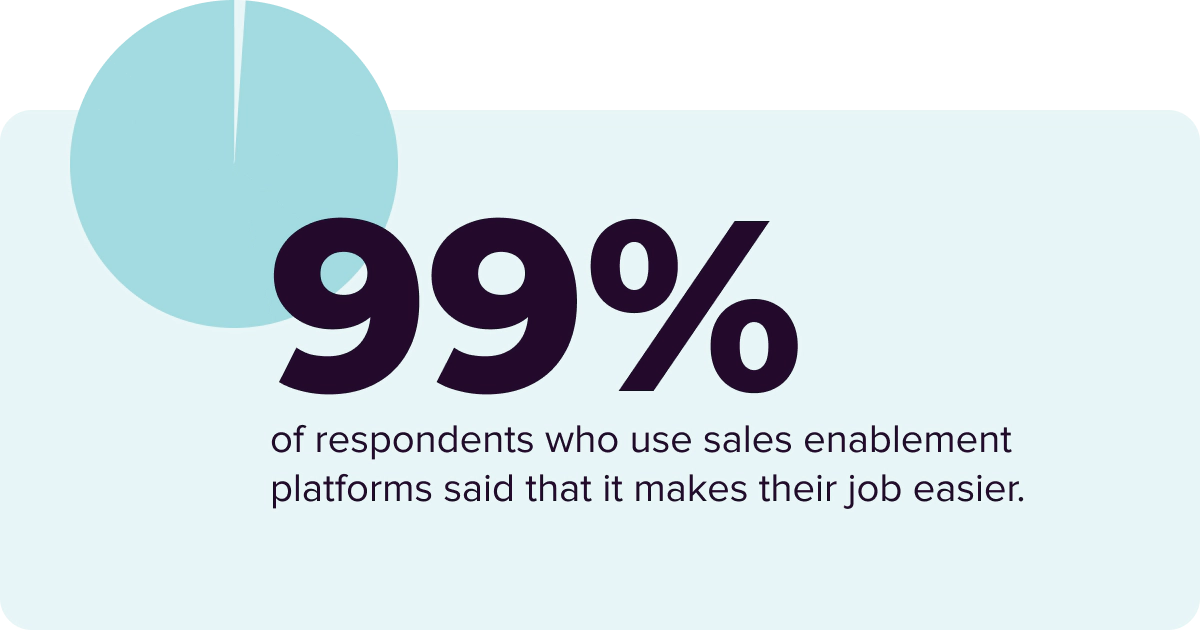What is sales efficiency?
Before we dive into how to improve efficiency, it’s important to understand what the term means. Sales efficiency measures the speed of your sales team during a specific time period. It’s one of the most important sales operation metrics to track as it also helps leaders identify how much it costs to close a deal.
How to measure sales efficiency
Measuring your efficiency is simple if you follow the sales efficiency formula. First, you need to gather these numbers:
- The gross revenue earned during the amount of time you want to track, such as a quarter or fiscal year
- Sales and marketing expenses including salaries, training and tools from the same time frame
Once you identify both figures, divide the gross revenue by expenses to calculate your overall sales efficiency metric. For example, if an organisation generates $3 million in revenue and spends $1.5 million, the sales efficiency calculation is 2 or 200%. It is also easy to calculate this for individual reps, a group of new hires and entire sales forces.
Sales efficiency vs. effectiveness
Sales effectiveness measures seller performance throughout the sales cycle. Organisations need to track a number of different sales metrics and KPIs in order to measure effectiveness. These include lead conversion rates, win-loss ratios and quota attainment. So, the more effective a seller or team is, the more conversions and wins they’ll have at each stage of the pipeline.
Since sales efficiency and effectiveness aren’t the same thing, organisations shouldn’t focus on one over the other. Instead, sales leaders should leverage efficiency and effectiveness in order to reach business goals.
Why sales efficiency matters
If an organisation’s efficiency is stagnant or declines from one quarter to the next, it’s an indicator that there’s a problem with your existing sales process. As a result, sales leaders should investigate what’s working and where there’s room for improvements.
Additionally, sales efficiency directly correlates to an organisation’s revenue. Efficient sellers have the resources they need to interact with buyers, answer questions and close deals more quickly. As a result, organisations can expect to reach quotas and revenue goals. However, organisations with lower levels of efficiency have longer sales cycles and require sellers to put in more time and effort to close a deal. Therefore, they’ll likely experience lower profits and slower revenue growth over time.
The 2023 Value of Enablement Report

How to improve sales efficiency
Given today’s economic uncertainty, leaders are tasked with identifying ways to maximise efficiency while minimising costs. As a result, many organisations believe cost-cutting equates to operational efficiency. But all too often, reducing costs and investment in technology aren’t the answer.
Sales efficiency isn’t simply about decreasing spend. Instead, it’s about ensuring what you spend has a return on investment (ROI). It’s also worth noting that some technology will always remain mission critical to the success and efficiency of your organisation. According to McKinsey, CEOs believe that technology is a key component to business growth and should remain a priority even in the most turbulent times. We couldn’t agree more.
When it comes to non-negotiable investments, enablement technology should be at the top of the list for every GTM organisation. Sales enablement technology includes tools that reduce the workload for sales and customer service teams. They also help GTM teams:
- Strategise and plan campaigns
- Manage sales content
- Deliver learning and coaching
All of these tasks are key to driving and operationalising efficiency at scale.
The value of enablement tools on sales efficiency
We recently surveyed more than 1,200 full-time sales, enablement and customer service professionals to gain better insights on how enablement tools directly impact sales efficiency. In The 2023 Value of Enablement Report, 9 in 10 respondents report using enablement tools in their job, and 99% of them agree that it makes their jobs easier.

The survey also confirmed McKinsey’s findings on the importance of technology during turbulent times. 85% of organisations are retaining or increasing their investment in enablement technology this year. But why is this the case?
According to responses, 87% say that enablement is integral to operating more efficiently.
Let’s take a closer look at why respondents said that enablement technology is imperative to sales efficiency.
Saves time
A key component of efficiency is saving time. Unfortunately, sellers in organisations without enablement tools spend an average of 7 hours searching for and updating content they need to drive buyer engagement. However, respondents at organisations that use enablement tools save 11 hours, or nearly two business days, each week.
Increases productivity
93% of respondents say that enablement technology allows them to be more productive in their roles. When sellers can quickly locate the right content at the right time, they can shift their focus to other high-priority and revenue-generating activities. However, productivity significantly decreases at organisations without enablement technology. 86% of respondents agree that not having access to the content they need makes them feel less productive.
Improves effectiveness
The time it takes for sellers to access and revise content severely hinders their effectiveness. Additionally, the majority of respondents who use enablement technology at work believe they’re more confident. 97% of respondents say that quick access to information and content helps them speak to buyers from a more informed standpoint. Comparatively, 42% of respondents at organisations without enablement say that they have misspoken during a sales or customer call.
See what Seismic can do for you.
The bottom line
GTM teams invest in enablement technology because they want to boost their bottom lines. And while the majority of respondents said they use enablement technology at work, 80% of them don’t believe they use their tools effectively. Instead of cutting an investment in enablement tools altogether, organisations need to identify how they can leverage their tools to the fullest potential. As a result, they’ll be able to optimise operations, enhance sales processes and ultimately improve sales efficiency.
Operate efficiently with Seismic
Sales enablement is a key driver behind efficiency. That’s why the Seismic Enablement Cloud™ is purpose built to help GTM organisations optimise their programmes and leverage the resources they already have. Visit our Product Innovation Center to learn more about our latest features and capabilities. Or, if you’d like to learn how to achieve greater efficiency with Seismic, get a demo today.



